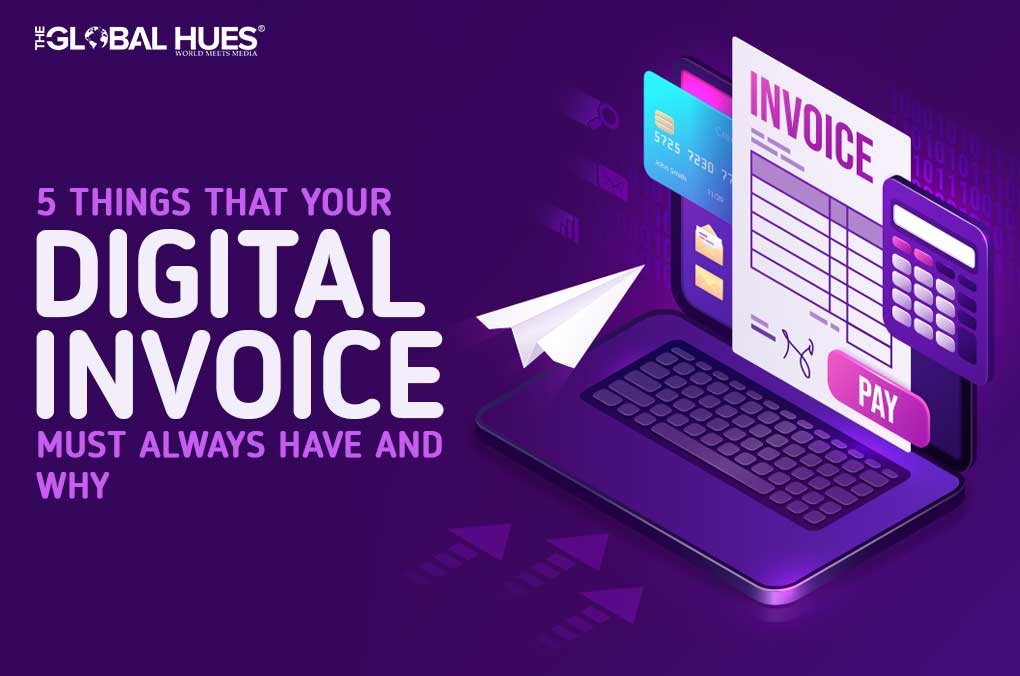It’s estimated that, on average, every small business in the US is owed $84,000 for products and services that were delivered but not paid for. In the UK, 3 in 5 businesses are owed money from late payments. It’s clear that late payments are a major problem globally, but as a business owner, there are a few steps you can take to reduce these incidents.
One of these is to ensure that your invoices always have all the information necessary for clients to make payments quickly and easily. Plus, you’ll find it next to impossible to track sales, generate income, survive difficult times, and grow your business without a clear and professional invoice. There could also be some serious tax and legal ramifications to not having a proper invoicing system.
Fortunately, creating a digital invoice that includes all the relevant information for your business and your client is a simple, straightforward process. You just need to ensure that every invoice you send out includes the following:
-
The Legal Information
Firstly, you must ensure that you comply with all regulations impacting your business and the way you trade. The word “invoice” must be clearly stated on the document, preferably toward the top of the page.
You also need to include your company details and the details of the company or person you’re selling to. This information makes it impossible for any party to claim the invoice is not related to them—you are legally covered if the client tries not to pay the invoice.
You must include VAT and/or tax information on your invoice too. If you’re a sole trader, you won’t have a VAT number, but you still need to list any tax applied to the amounts. A registered business must provide its VAT number on the invoice.
As a sole trader, you need to put your name on the invoice and any business name you use. A registered company must put the full name under which it’s registered. You can also put your “trading as” name if it’s different and there could be confusion for your clients.
Without this information, your clients can refuse to pay and are within their rights to do so. Stats show that 61% of invoices paid late are due to the information included on them being incorrect, so triple checking that all your details are included is vital.
-
Clearly Labeled Amount Payable
The total for the invoice needs to be completely clear and visible in the layout of your document. The amount payable can appear towards the top of the invoice in a summary and towards the bottom of the document after all the line item amounts.
Be sure to give this amount a description such as “total” or “amount payable.” This way, it’s immediately obvious what the client needs to pay. It’s also important to list this total after additions like tax or shipping costs or subtractions such as discounts or specials.
-
Payment Terms And Details
Once you’ve listed what the client needs to pay, you need to tell them how and when to make payment. As the business providing the goods or services, you’re well within your rights to dictate payment terms, but try to give your clients some options to make their lives easier.
Payment terms should include when payment is due. This date or range of dates is usually indicated as being from the date of the invoice. The most common type of payment term is to provide an invoice upon completion of the job or when the goods are handed over, and then give the client 30 days to make payment. Whatever terms you choose, it’s important to state this clearly because it gives your client a legal deadline for making payment, which you can follow up on.
In terms of payment options, you can state how you wish to get paid and if there will be any service or extra charges if payment is made differently. For example, if payment is made in a way that incurs bank charges, you’re within your rights to insist that payment is not made this way or that the bank charges must be for the client’s account unless otherwise agreed upon.
-
Description Of Goods Or Services
While this one isn’t legally necessary, it’s always a good idea. Giving a proper description of what the invoice is for helps you and your client identify the invoice and the work it refers to. This is especially important if the invoice is going to someone other than the person for whom you did the work.
For example, you may do some contract work for a department within a company and then send your invoice to the accounts department. The accounts department won’t know what the invoice is about without a clear description of what you provided.
-
Your Branding
Finally, you want your invoice to be instantly recognizable as coming from your business. The best way to do this is to include your branding. Use the exact colors and fonts that you use on all of your marketing and official company material. Make sure your logo is also clearly visible.
Using your branding on your invoice makes it easy for the customer to see who the invoice is from and remember why they’ve received it. Branding your invoice also helps keep your business top-of-mind for future work.
Make Business Admin Easier By Setting Up A Proper Invoicing System
The best way to ensure that all the details you need on your invoice are always included is to create a template. You can easily download a free invoice template PDF and customize it to suit your branding and business. Then, whenever you need to send out a new invoice, you simply need to populate the pre-drawn fields.
Remember, this is just one part of good invoicing practice. You should also have a method of tracking your invoices and payments received. This will be a major help when ensuring that your clients pay you on time, as well as for doing your taxes and monitoring your cash flow. All of these factors will go a long way toward ensuring your business is a success.




